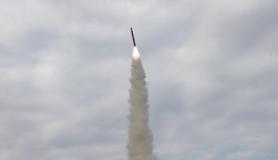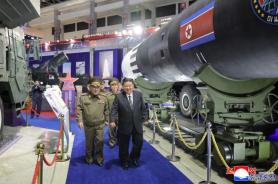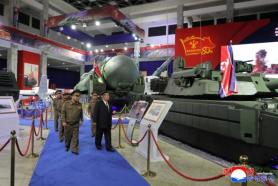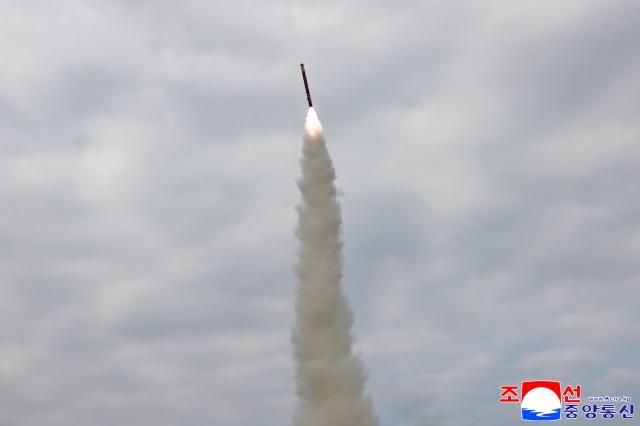
North Korea "conducted a test-fire of sea-to-surface strategic cruise missiles in the West Sea of Korea" on Tuesday, the state-run Korean Central News Agency (KCNA) reported the following day. The missiles flew about 7,800 seconds — roughly 130 minutes — before hitting a preset target.
KCNA framed the launch as part of a broader effort to "steadily expand the sphere of application of war deterrents," presenting the test as a routine upgrade of its deterrence capacity.
The timing coincided with Trump's touchdown in the southern port city of Busan and appeared to serve as Pyongyang's symbolic answer to the U.S. president's repeated public overtures for a meeting with Kim during his brief stay.
Asked about the launch aboard Air Force One en route from Tokyo to Busan, Trump dismissed it lightly, saying Kim had been "launching missiles for decades." He reiterated that "at some point, we'll be involved with North Korea," adding that he hoped to meet the North Korean leader "not too distant future."
Trump has been signaling openness to engagement since the start of his first Asia tour in his second presidency, focused on summits with ASEAN and APEC states as well as trade issues.
He notably referred to North Korea as "a sort of a nuclear power," echoing Pyongyang's long-standing demand for implicit recognition of its nuclear status before talks resume with Washington.
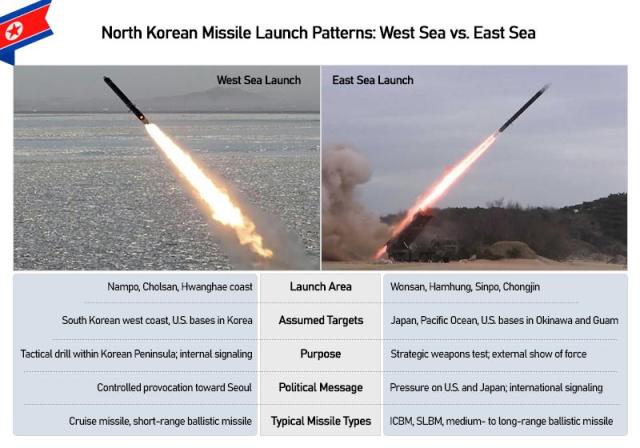
Cho Han-bum, a senior researcher at the Korea Institute for National Unification, told AJP the launch was aimed at asserting North Korea's presence during a week when global attention is focused on the APEC summit.
"APEC brings together countries across the Asia-Pacific," Cho said. "North Korea is part of the region, yet it cannot take part in the forum." He added that Foreign Minister Choe Son Hui's trip to Russia and her appearance at a Eurasian security meeting in Belarus also reflected Pyongyang's desire to remain visible during APEC week.
The test's tone and design suggested deliberate restraint. Senior officials including Pak Jong Chon and Kim Jong Sik oversaw the launch, but Kim Jong-un did not attend — extending his recent pattern of skipping weapons tests to keep provocations controlled.
Cho noted that cruise-missile activities do not violate U.N. Security Council resolutions and that firing inland from the sea rather than outward kept the provocation within managed limits.
Still, the launch cast a muted shadow over the diplomatic choreography surrounding the APEC summit in Gyeongju, where Trump is scheduled to meet South Korean President Lee Jae Myung and Chinese President Xi Jinping.
For Seoul, the episode underscores both the fragility of regional stability and the challenge of dealing with a Pyongyang that mixes provocation with strategic patience, while North Korea, with nothing to lose, would be content with the momentary spotlight.
Copyright ⓒ Aju Press All rights reserved.


